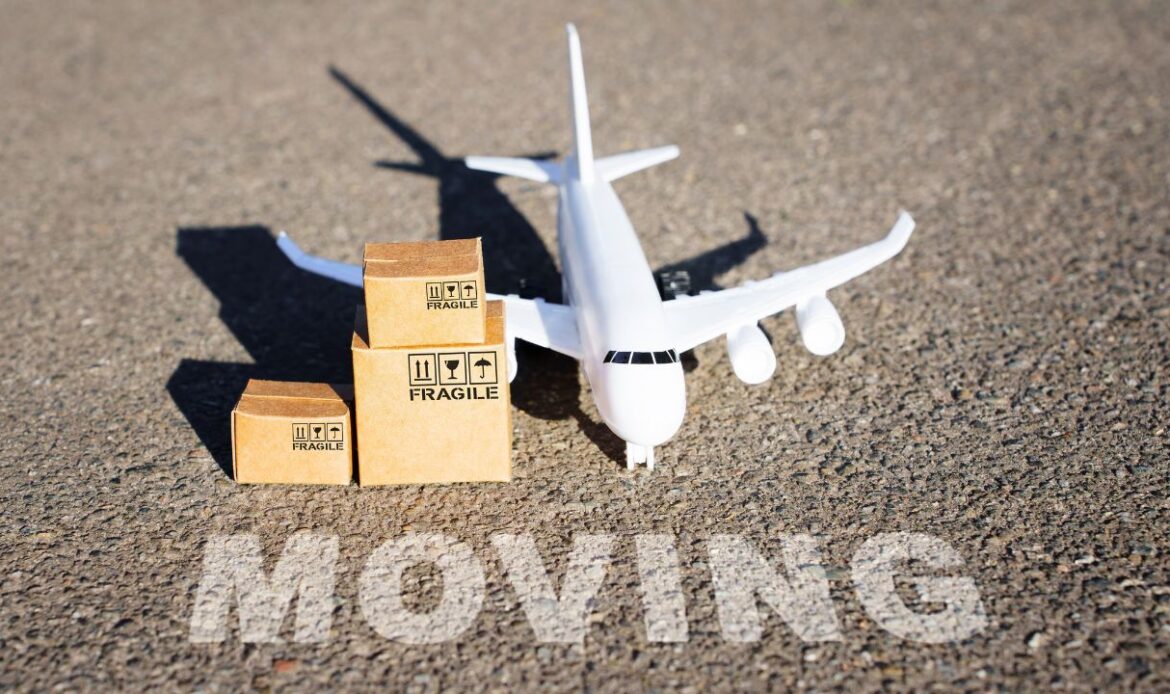
One of the most important steps in moving abroad is downsizing your belongings, which lowers moving expenses and helps you start over in your new country. This is a thorough guide to help you downsize before your big international move. Moving abroad is a big life change that calls for careful planning and wise decision-making.
Tips To Downsize Effectively Before An International Move
Start Early and Create a Plan
The key to successful downsizing is starting early – ideally, three to six months before your move. This generous timeline allows you to sort through your belongings without rushing. You’ll need time to decide what to keep and what to let go of. This period also allows you to find good homes for items you won’t be taking with you, and if you plan to sell valuable items, you’ll have time to find the right buyers and get the best prices. Additionally, you’ll need this time to handle important paperwork and documents properly.
Sort Your Items into Clear Categories
When beginning the downsizing process, it’s essential to establish four main categories for your belongings: Must-Take Items, Sell/Donate Items, Store Items, and Dispose Items. This organization system will help streamline your decision-making process.
Must-Take Items
Your must-take items should include important documents such as passports, birth certificates, and medical records. Essential clothing that suits your destination’s climate is crucial. Don’t forget crucial electronics and meaningful personal items that you use regularly. Items specific to your work or studies are essential, as are family heirlooms that hold significant emotional value. Medications and health supplies should also be prioritized in your must-take collection.
Sell/Donate Items
When considering what to sell or donate, furniture often tops the list as it can typically be replaced in your new country. Extra clothing and shoes that you rarely wear should be passed on to others. Books and magazines can be heavy and expensive to move, so consider keeping only your most treasured volumes. Kitchen appliances often need to be left behind due to voltage differences between countries. Garden tools, sports equipment, and toys your children have outgrown can find new homes with local families.
Store Items
Some possessions are worth keeping but don’t need to make the international journey with you immediately. Seasonal decorations that you treasure but don’t need right away can be stored. Family photo albums and occasion items might be better kept in storage until you’re more settled. Valuable artwork that you’re not ready to part with but can’t transport yet can be safely stored. Items with strong emotional value that you can’t take now but want to keep for the future are also good candidates for storage.
Dispose of Items
Being ruthless with items that need to dispose of is crucial for effective downsizing. You should discard expire items immediately. The goods that breaks that you’ve been meaning to fix should be evaluated honestly – if they haven’t been repaired by now, they likely won’t be. Old paperwork should be shredded after scanning any important documents. Outdated electronics that no longer serve a purpose should be recycled properly. Any items you haven’t used in over a year should be seriously considered for disposal.Practical Tips for the Downsizing Process
Use the One-Year Rule
The one-year rule is a powerful tool in downsizing decisions. Take a moment to consider each item and when you last used it. If you haven’t touched something in the past year, it’s highly unlikely that you’ll need it in your new international life. This rule helps create clear, objective criteria for decision-making.
Consider Your New Location
Understanding your destination country is crucial for making informed decisions about what to keep. Research the climate differences to ensure you’re not packing inappropriate clothing. Know the typical size of living spaces in your new location to avoid bringing too much furniture. Research the local availability of items you commonly use – some might be easily replaceable while others might be hard to find. Check voltage requirements for electronics, and be aware of any cultural considerations that might affect your possessions.
Digitize When Possible
In today’s digital age, you can convert many physical items to digital formats. You can scan and sort important documents securely in the cloud. One can digitize physical photos to preserve memories without taking up space. Consider switching to e-books to reduce the weight and volume of your move. Then you can store music and movie collections digitally, eliminating the need for physical media. One can digitize receipts and warranties for easy access and organization.
Conclusion
Effective downsizing before an international move requires time, planning, and thoughtful decision-making. While the process may feel overwhelming, taking it step by step will help you achieve your goals. Remember that less is often more when moving internationally – fewer possessions can mean more freedom and flexibility in your new life abroad.
Ready to make your international move stress-free? Contact Universal Relocations today for expert relocation services. Our experienced team will help you plan, pack, and transport your belongings safely to your new home. Visit www.universalrelocations.com or call us at [phone number] for a free consultation and quote.
Frequently Asked Questions
How long before my international move should I start downsizing?
Ideally, start 3-6 months before your move date. This gives you enough time to sort through belongings, sell items, and make thoughtful decisions without rushing.
What’s the best way to handle family heirlooms I can’t take with me?
Consider storing them in a climate-controlled storage facility, distributing them among family members, or photographing them and selling to collectors if appropriate.
How do I decide what electronics to take internationally?
Check the voltage requirements in your destination country, the cost of voltage converters, and whether it’s more economical to sell and rebuy. Essential electronics like laptops usually have universal voltage capacity.
What’s the most cost-effective way to get rid of furniture?
Compare the costs of shipping versus selling and buying new furniture. Often, selling through local marketplaces and buying new items at your destination is more economical than shipping large furniture pieces.
How can I estimate how much storage space I’ll need for items I want to keep but can’t take?
Make an inventory of items to store, measure large pieces, and consult with storage facilities. Many offer online space calculators to help determine the right unit size for your needs.

 800-13-7356
800-13-7356
